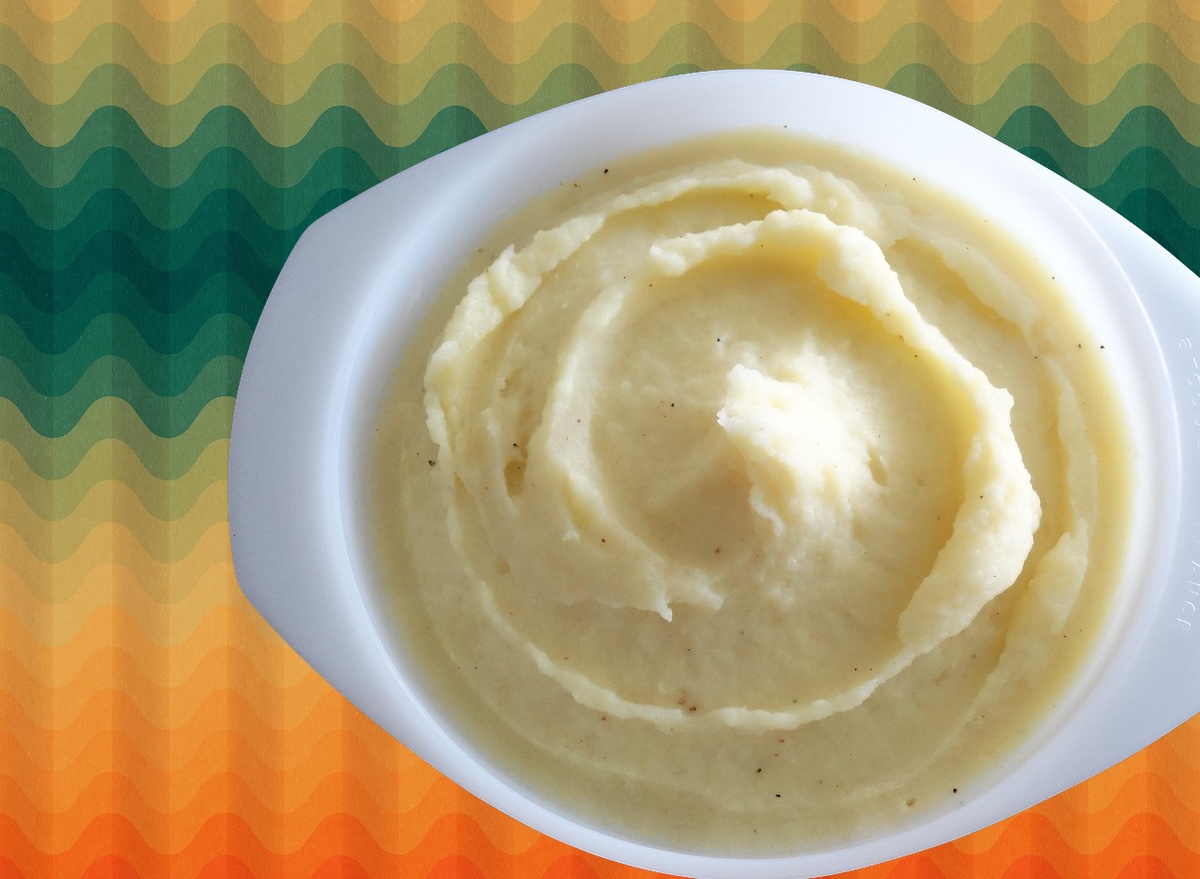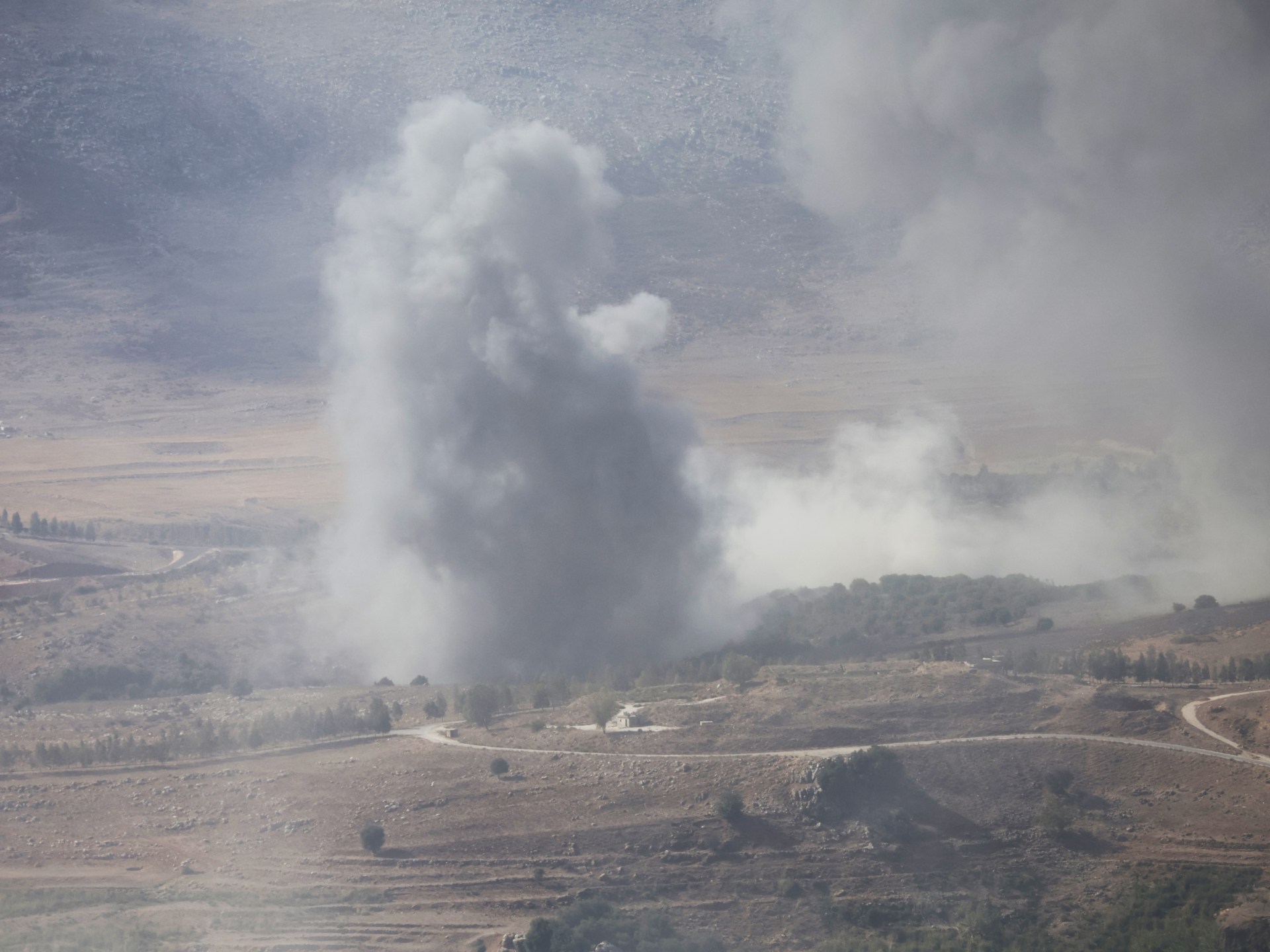Figures from the Kerala Health Department showed on Monday, revealed that the state is battling rare brain-eating disorder with 67 positive cases and 18 deaths, including 7 in September alone.

Brain-Eating Amoeba In Kerala: As the dengue virus wreaks havoc across southern India, Kerala has reported 67 positive cases and 18 deaths, including 7 in September alone, due to the infection caused by a rare brain-eating amoeba this year, figures from the state health department showed on Monday.
Amid the ongoing battle with amoebic meningoencephalitis, the state health minister, Veena George, has intensified awareness campaigns to educate people on prevention and early symptom recognition. “We urge the public to avoid swimming in unchlorinated or stagnant water and to maintain strict hygiene when using water bodies for bathing,” she said.
Recent Cases Of Amoebic Meningoencephalitis In Kerala
Recent cases of brain-eating amoeba in the state include when a 17-year-old student from Thiruvananthapuram was diagnosed with PAM after swimming in the Akkulam Tourist Village pool. Another incident in Kozhikode occurred where a 49-year-old man named Shaji died due to a head injury, which later developed into an infection.
Apart from the previous cases, 9-year-old girls from Kozhikode succumbed to death after rapidly worsening symptoms. While other demographics include the death of a 3-month-old baby in Kozhikode, which underscored the urgent need for water safety
What Is Amoebic Meningoencephalitis?
Amoebic meningoencephalitis is a disease caused by Naegleria Fowleri, which is a single-celled organism that thrives in soil and warm freshwater lakes, rivers, ponds, and hot springs.
How Naegleria Fowleri Infects Your Brain
Naegleria Fowleri typically infects the brain when someone goes swimming or diving in a lake, river, or fresh water, especially during the hot summer months. This tiny microorganism, Naegleria Fowleri, can cause Primary Amebic Meningoencephalitis (PAM), which destroys brain tissue and causes the brain to swell.
Unfortunately, more than 97% of people with PAM have died from the infection. PAM progresses very quickly. This has made treatments for the disease difficult to identify. There is some evidence that certain drugs may be effective.
Symptoms Of PAM
An individual infected by PAM may show early symptoms that include headache, fever, nausea, and vomiting. And as PAM progresses rapidly, most people with the infection die within 1 to 18 days after symptoms begin or may usually lead to coma and death after 5 days. Other symptoms of PAM also include stiff neck, confusion, lack of attention to people and surroundings, loss of balance, and hallucinations.
Tips To Reduce Risk Of Developing PAM
Here’s a guideline from the Centres for Disease Control and Prevention (CDC) to help protect yourself against a Naegleria fowleri infection:
- Ensure to hold your nose tight or wear a nose clip before jumping or diving into fresh water.
- Always make sure that your head is above water in hot springs.
- Avoid digging in shallow water as amoeba are more likely to live there.
- Be sure to use distilled or boiled tap water when cleansing your nasal passages.
The CDC, in one of its studies, states that free-living amoeba, like Naegleria Fowleri, can cause life-threatening brain infections. Some can cause infections of the eyes, skin, sinuses, and other parts of the body.
Follow TheHealthSite.com for all the latest health news and developments from around the world.
Subscribe to Our Newsletter Today!












Leave a Reply